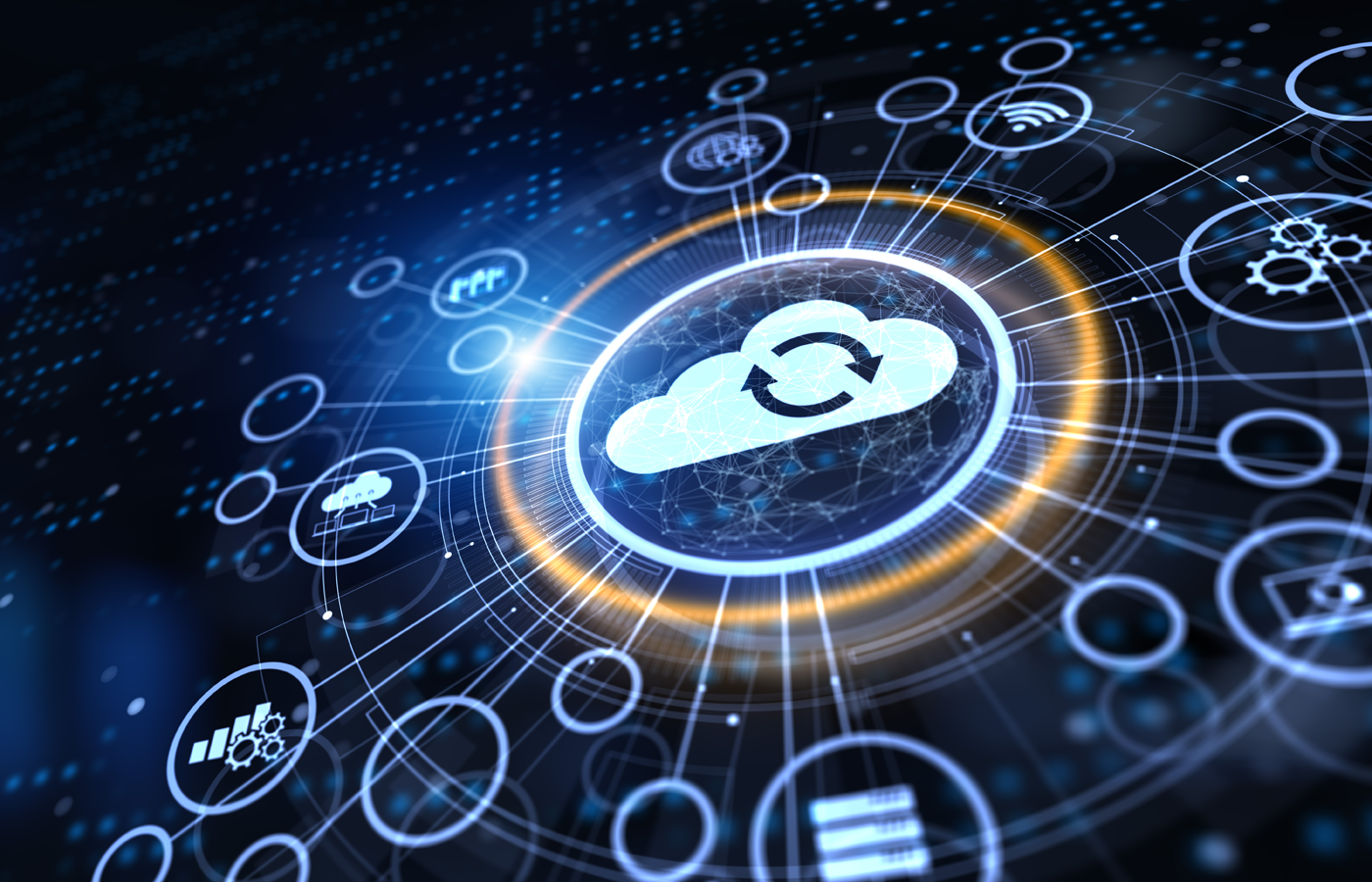Achieve Seamless Scalability With Cloud Services
In the ever-evolving landscape of cloud services, achieving smooth scalability stands as a foundation for modern-day organizations seeking to stay adaptable and competitive. The capability to effortlessly expand or get sources in reaction to changing demands is an essential advantage in today's hectic digital atmosphere. By understanding the art of scalable cloud services, organizations can not only optimize efficiency and streamline operations however also lead the method for future growth and innovation. The mission for smooth scalability with cloud solutions unveils a globe of opportunities for those going to embrace the transformative power of dynamic resource management.
Benefits of Cloud Scalability
Cloud scalability uses companies the adaptability to dynamically change sources based upon demand, ensuring optimum efficiency and price efficiency. One essential benefit is the capacity to scale sources up or down rapidly in reaction to changing work. This dexterity enables services to fulfill changing customer requirements without over-provisioning sources, inevitably bring about cost financial savings. Scalability likewise improves efficiency by ensuring that systems can handle raised website traffic or work without experiencing downtime or slowdowns. By efficiently designating resources, organizations can preserve high levels of performance throughout peak times without unneeded expenditures throughout quieter periods. In addition, cloud scalability advertises development and testing by enabling companies to quickly check brand-new concepts and scale them as required. This adaptability motivates a culture of constant renovation and adaptation, allowing organizations to stay affordable in a quickly developing market landscape. Eventually, the benefits of cloud scalability extend beyond cost financial savings to incorporate enhanced efficiency, agility, and innovation.
Secret Attributes for Scaling
Reliable scaling in cloud services depends on essential attributes that allow organizations to change sources dynamically based on demand. One essential function for scaling is flexibility, allowing sources to scale up or down in action to changing work. This ensures that organizations can meet performance needs without over-provisioning sources. Another essential feature is scalability, allowing systems to manage boosted workload by adding resources seamlessly. This feature is crucial for suiting growth without compromising efficiency. In addition, automation plays a crucial duty in scaling by automating the provisioning and de-provisioning of resources based on predefined plans. Automation decreases human treatment, boosts efficiency, and makes certain fast reaction to transforming demands. Monitoring and analytics tools are additionally vital for scaling, giving insights right into resource utilization, performance metrics, and potential traffic jams. These devices allow companies to enhance and make enlightened choices source allotment for efficient scaling. On the whole, these vital attributes collectively empower organizations to accomplish seamless scalability in cloud solutions.
Executing Auto-Scaling Strategies
To properly optimize resource allocation and adjust to differing work, organizations must purposefully implement auto-scaling methods in their cloud services infrastructure. Auto-scaling enables systems to immediately readjust the number of calculate sources based on real-time demand. There are numerous auto-scaling techniques that organizations can employ, such as anticipating scaling, which uses historical information to anticipate future resource needs, and responsive scaling, which replies to existing workload changes.

Best Practices for Scalability
For companies aiming to enhance their scalability in cloud services, executing ideal methods is critical for optimal performance and resource monitoring. One key finest practice is creating applications with a microservices design. This technique breaks down applications right into smaller sized, independent solutions that can be released, updated, and scaled independently, permitting higher flexibility and scalability.
Another important method is making use of containerization technology, such as Docker or Kubernetes. Containers make it possible for the product packaging of applications and their dependences into separated systems, making it much easier to scale parts independently and release them constantly throughout different atmospheres.
Furthermore, executing automated deployment and infrastructure as code (IaC) can streamline scalability initiatives (linkdaddy cloud services). Automation tools like Terraform or Ansible help in provisioning and handling resources effectively, minimizing manual errors and allowing quick scalability
Furthermore, monitoring efficiency metrics, establishing alerts, and performing normal ability planning are necessary practices to make certain aggressive scalability management. By sticking to these finest a fantastic read methods, companies can attain smooth scalability her latest blog in their cloud solutions while maximizing efficiency and source utilization.
Monitoring Performance Metrics
When assessing the performance of cloud solutions scalability, very closely monitoring performance metrics is crucial for making certain optimum capability and source appropriation. By constantly tracking crucial efficiency signs (KPIs) such as reaction times, resource, throughput, and latency utilization, organizations can gain valuable understandings into the health and efficiency of their cloud infrastructure. Monitoring efficiency metrics permits the early detection of potential bottlenecks or problems that can influence scalability, making it possible for proactive procedures to be taken to address them before they escalate.

Conclusion
To conclude, attaining smooth scalability with cloud solutions is vital for companies to maximize performance, enhance technology, and keep high efficiency levels throughout peak times. By leveraging the advantages of cloud scalability, carrying out auto-scaling approaches, using essential features such as flexibility and automation, and adhering to finest practices like application layout and efficiency tracking, businesses can efficiently scale their systems while optimizing source utilization and efficiency.
The mission for smooth scalability with cloud services unveils article a globe of possibilities for those willing to welcome the transformative power of dynamic resource monitoring.
Cloud scalability uses organizations the versatility to dynamically adjust resources based on need, guaranteeing optimum performance and price effectiveness. Another crucial feature is scalability, making it possible for systems to take care of increased work by adding sources perfectly.For organizations intending to enhance their scalability in cloud solutions, implementing ideal techniques is vital for optimal performance and resource management.When analyzing the effectiveness of cloud solutions scalability, closely keeping track of efficiency metrics is necessary for guaranteeing ideal capability and source allowance.